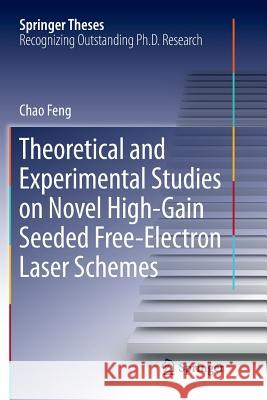Theoretical and Experimental Studies on Novel High-Gain Seeded Free-Electron Laser Schemes » książka
topmenu
Theoretical and Experimental Studies on Novel High-Gain Seeded Free-Electron Laser Schemes
ISBN-13: 9783662569757 / Angielski / Miękka / 2019 / 108 str.
Theoretical and Experimental Studies on Novel High-Gain Seeded Free-Electron Laser Schemes
ISBN-13: 9783662569757 / Angielski / Miękka / 2019 / 108 str.
cena 385,52 zł
(netto: 367,16 VAT: 5%)
Najniższa cena z 30 dni: 382,84 zł
(netto: 367,16 VAT: 5%)
Najniższa cena z 30 dni: 382,84 zł
Termin realizacji zamówienia:
ok. 20 dni roboczych.
ok. 20 dni roboczych.
Darmowa dostawa!
Kategorie BISAC:
Wydawca:
Springer
Seria wydawnicza:
Język:
Angielski
ISBN-13:
9783662569757
Rok wydania:
2019
Wydanie:
Softcover Repri
Ilość stron:
108
Waga:
0.18 kg
Wymiary:
23.39 x 15.6 x 0.66
Oprawa:
Miękka
Wolumenów:
01
Dodatkowe informacje:
Wydanie ilustrowane











